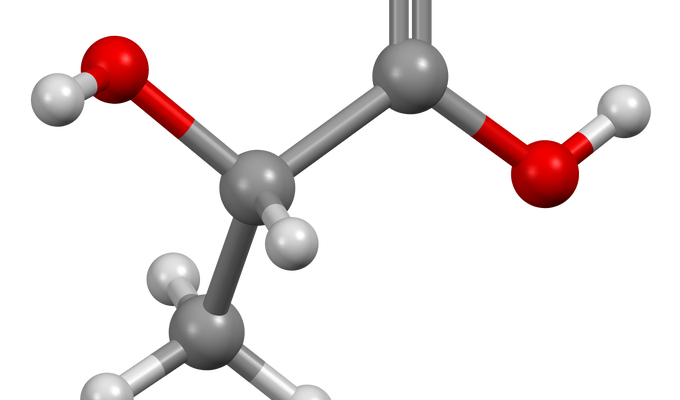Lactic acid is an organic compound with the chemical formula C₃H₆O₃, produced naturally by the fermentation of sugars by certain bacteria, particularly Lactobacillus species. In culinary applications, lactic acid plays a crucial role in the fermentation process, contributing to the preservation, flavor, and texture of various foods. It is a key component in the production of fermented dairy products such as yogurt, kefir, and cheese, as well as in pickled vegetables, sourdough bread, and certain cured meats.
During fermentation, lactic acid bacteria convert lactose or other sugars into lactic acid, lowering the pH of the food and creating an environment that inhibits the growth of harmful microorganisms. This acidification not only extends the shelf life of the food but also imparts a characteristic tangy flavor, which is a hallmark of lactic acid-fermented products. The accumulation of lactic acid also affects the texture of fermented foods, often leading to a firmer consistency in products like yogurt and certain types of cheese. In sourdough bread, lactic acid contributes to the bread's distinctive sour flavor and influences the dough's elasticity and crumb structure.
Chemically, lactic acid exists in two stereoisomeric forms: L-(+)-lactic acid and D-(−)-lactic acid. The L-form is the predominant isomer produced by lactic acid bacteria and is the most relevant in food production. The production and accumulation of lactic acid in food is temperature-dependent; optimal conditions for lactic acid fermentation generally range between 30-40°C (86-104°F). Excessive lactic acid production or improper fermentation conditions can result in overly sour flavors or undesirable textural changes, making it essential to control the fermentation process carefully.
